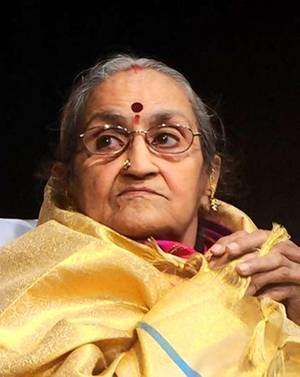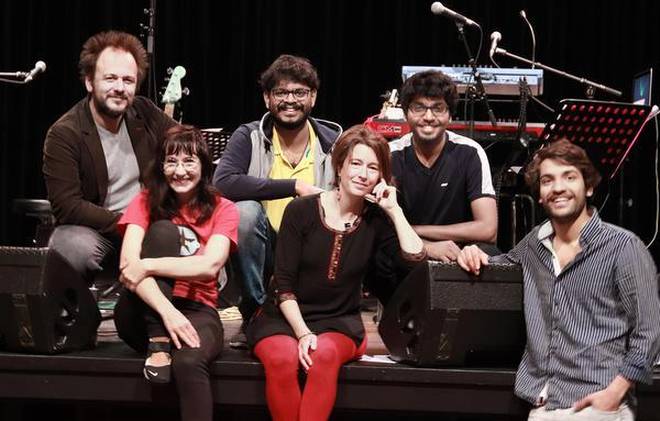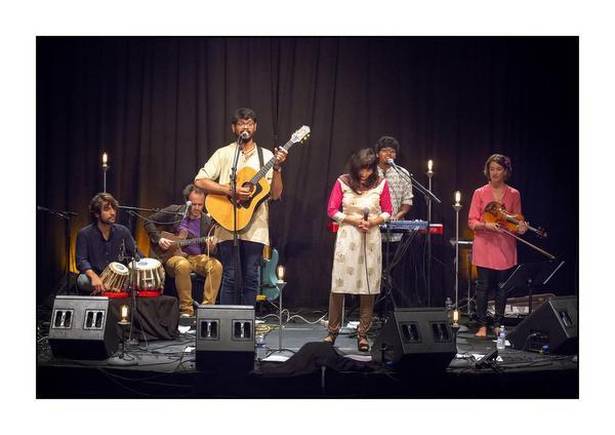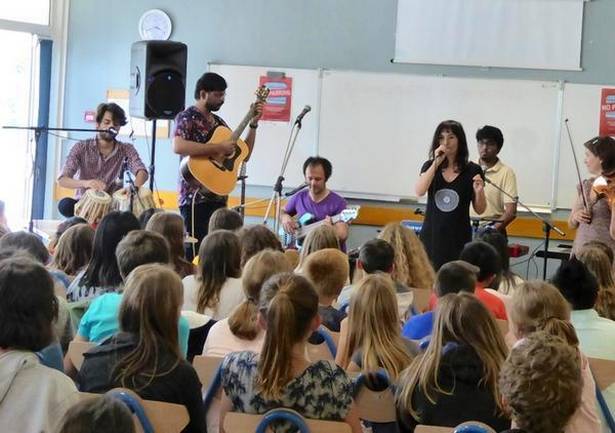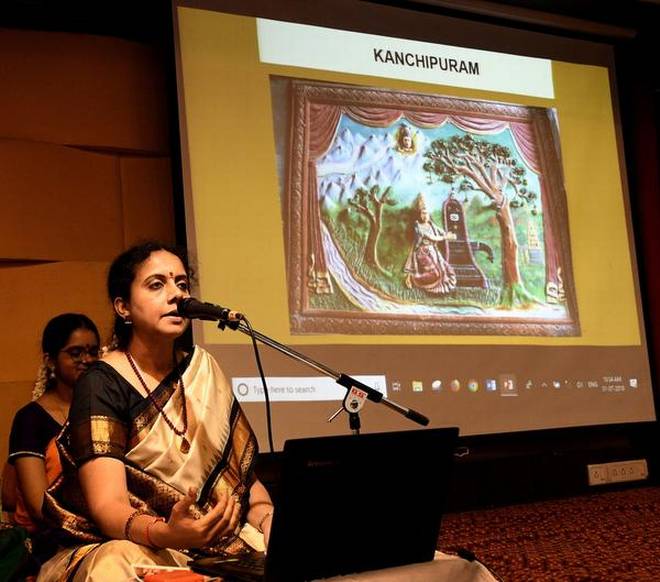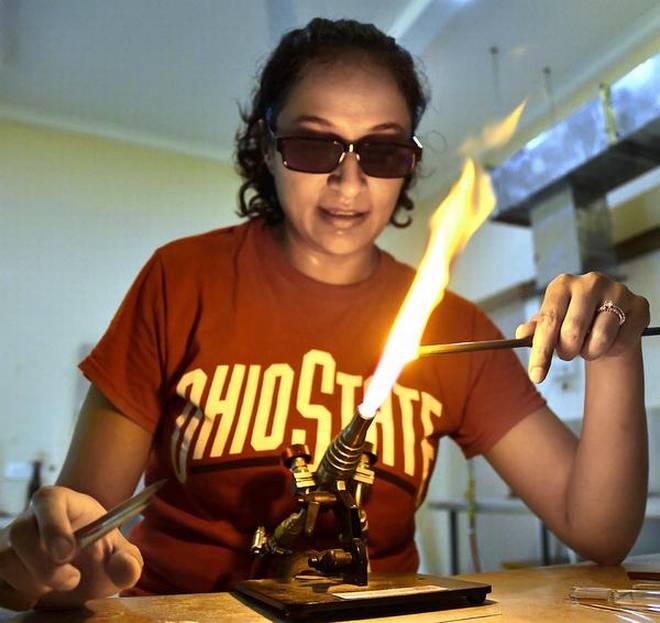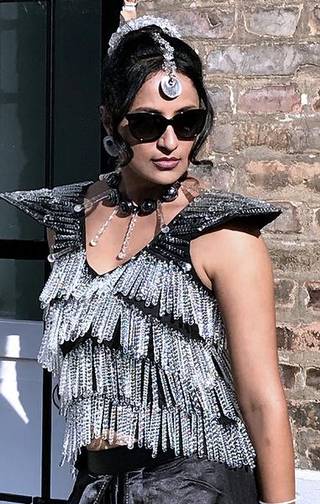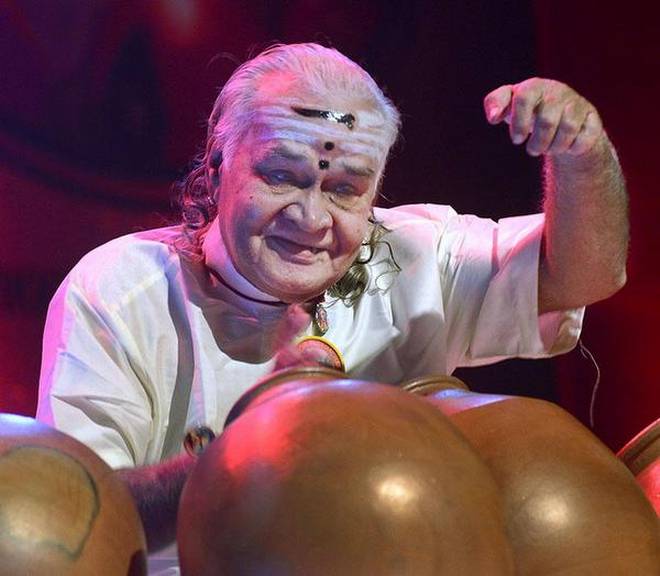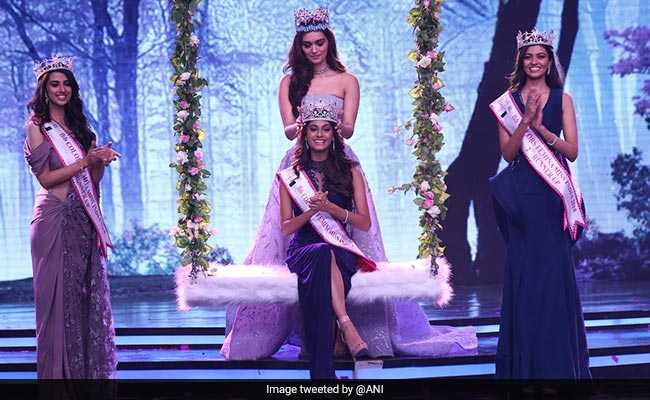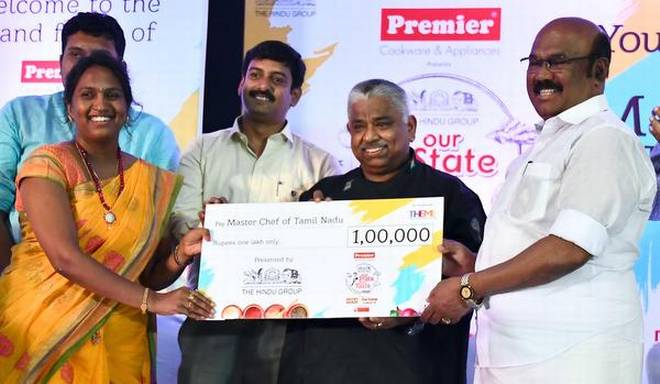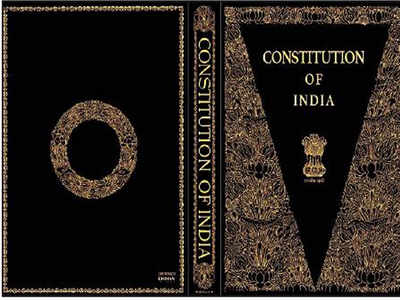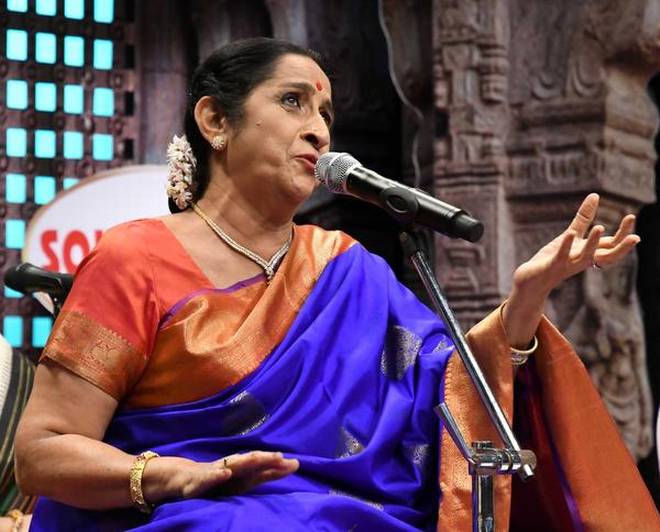
Awards for Thanjavur R. Ramadoss, Kalyani Ganesan, K. Oman Kutty, S.R.G. Rajanna, Premeela Gurumurthy and Shanta Dhananjayan
Carnatic vocalist Aruna Sairam has been selected for this year’s Sangita Kalanidhi award of the Music Academy.
The executive committee of the Academy that met on Sunday, unanimously selected her for the award, said N. Murali, the president of the Academy.
“An illustrious career spanning decades, she can be credited with taking the art to a very wide audience both in India and abroad. She is also known for her collaborative exercise in music with artistes of other countries and genres,” said Mr. Murali.
She will preside over the 92nd annual conference to be held between December 15, 2018 and January 1, 2019. The award will be conferred to her on January 1, the day of Sadas.
“I am in an overwhelming situation and have no words to explain my feelings. Even though I have won other awards, Sangita Kalanidhi convinces me that I have left an imprint in my chosen field,” said Ms. Sairam, who first learnt from her mother Rajalakshmi Sethuraman, a disciple of Alathur Venkatesa Iyer, the father of Sivasubramani Iyer, the elder of the Alathur duo.
Her mother was from Sirukamani, a village near Alathur and her father Sethuraman was from Tiruvarur and she was constantly in touch with her roots through music, though her family lived in Bombay.
With a solid foundation in Alathur school of music, at 10 she became a student of T. Brinda, who used to visit Bombay to teach students.
“She would stay with us in my house and taught students for two and half months. For 15 years I learnt from her. I regularly visited Chennai with my parents during the music season and listening to the maestros was a great experience,” recalled Ms. Sairam, who also learnt from S. Ramachandran, a student of Chittoor Subramaniam Pillai, A.S. Mani, a disciple of Tiger Varadachariar, T.R. Subramanian and nagaswaram player S.R.D. Vaidhyanathan.
“Balamuralikrishna taught me the techniques of improving my voice and I learnt abhang from Mohan Pai,” said Ms. Sairam, whose concert would not be complete without rendering an abhang.
Though she lived in Mumbai, she started visiting Chennai regularly during the music season from 1990. In 2002, she shifted to Chennai permanently.
“My regular visits to Chennai between 1990 and 2000 gave an opportunity to imbibe the music of others and learn the techniques to communicate my music to the audience. Thus I could strike a chord with them,” said Ms. Sairam, who became one of the most popular musicians in a short span of time.
Other awards
Mridhangist Thanjavur R. Ramadoss, a student of Palghat T.S. Mani Iyer and vocalist K. Oman Kutty, will receive the Sangita Kala Acharya award.
T.T.K. Awards will be given to veena player Kalyani Ganesan and nagaswaram player S.R.G. Rajanna.
Dr. Premeela Gurumurthy, the Vice Chancellor, Tamil Nadu University for Fine Arts will get the musicologist award and dancer Shanta Dhananjayan will get the Nritiya Kalanidhi award, which will be conferred on her January 3.
source:http://www.thehindu.com / The Hindu / Home> Entertainment> Music / by B. Kolappan / Chennai – July 15th, 2018
